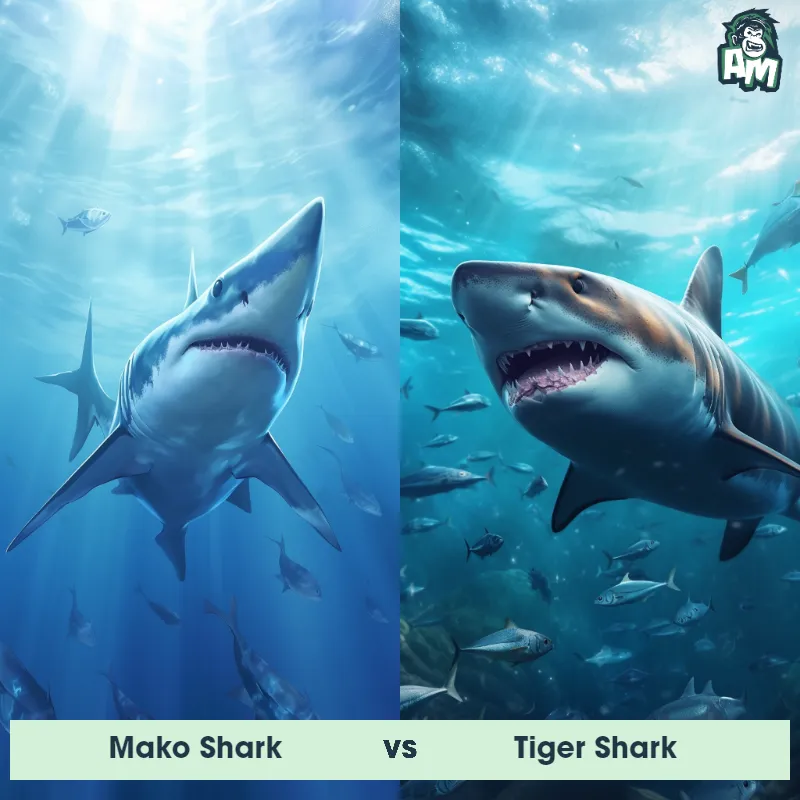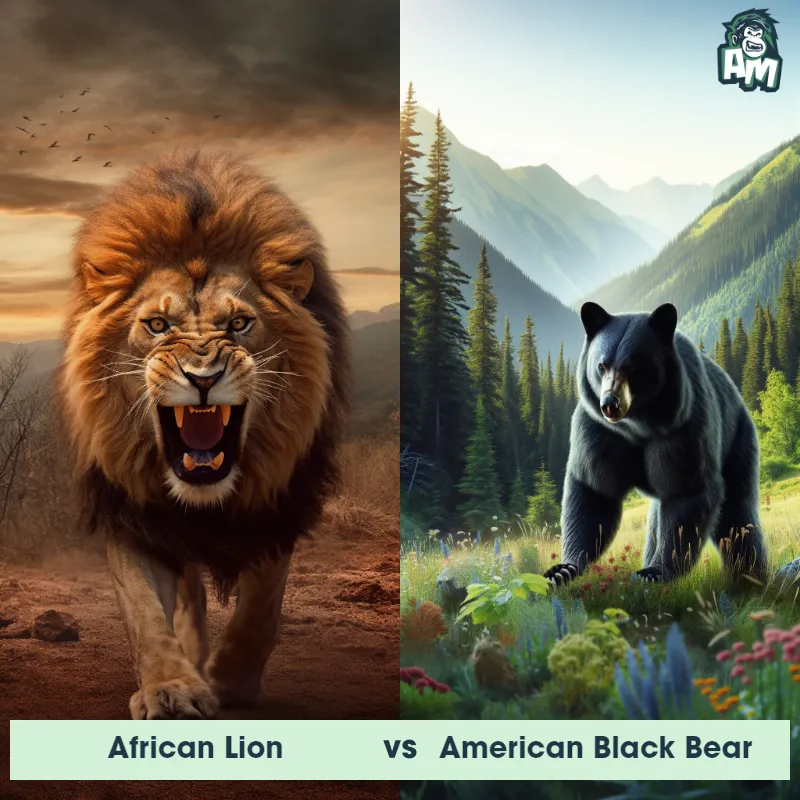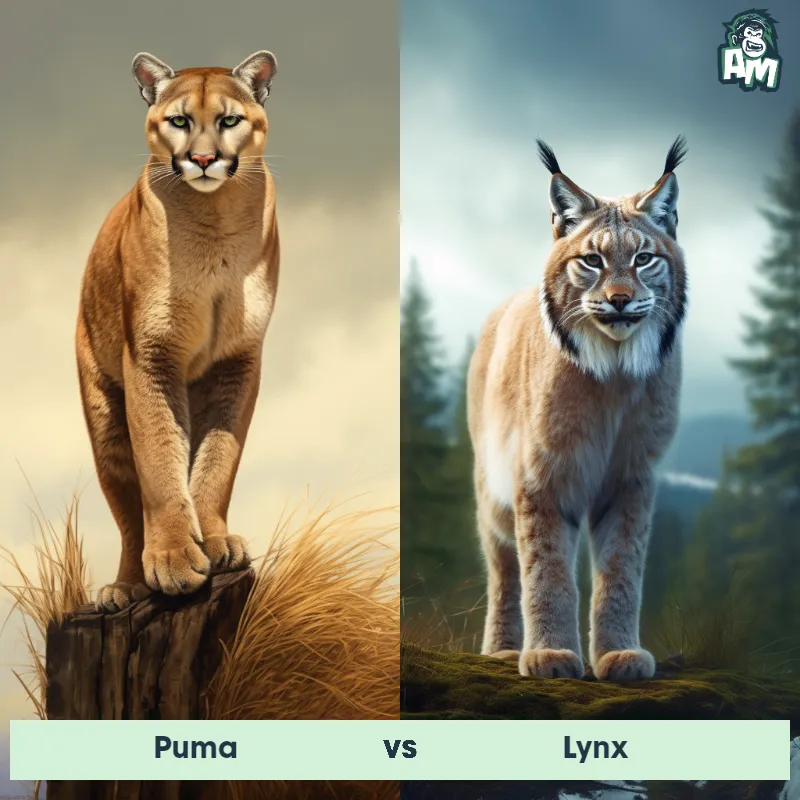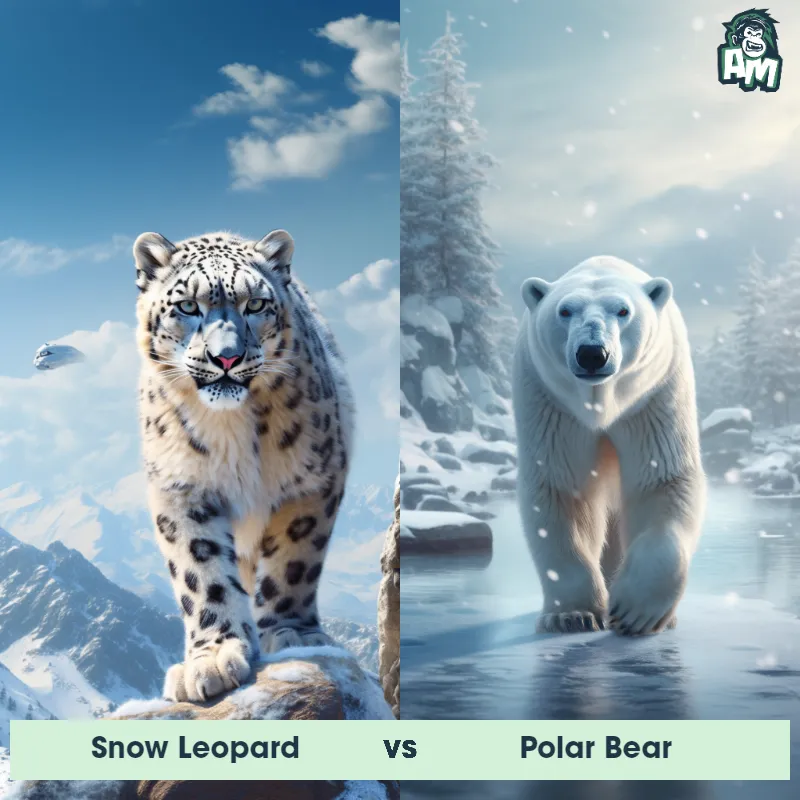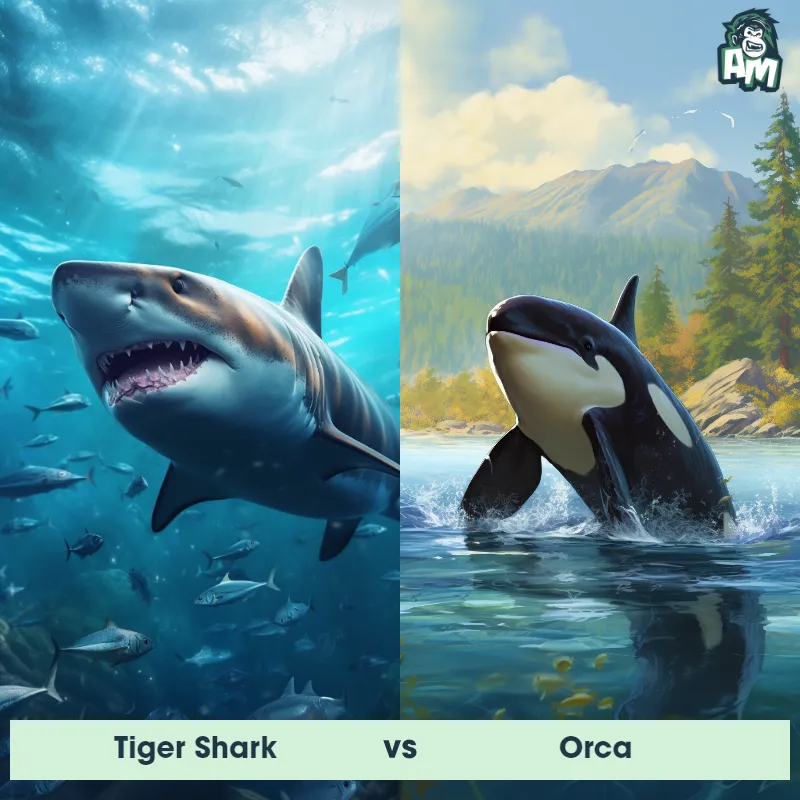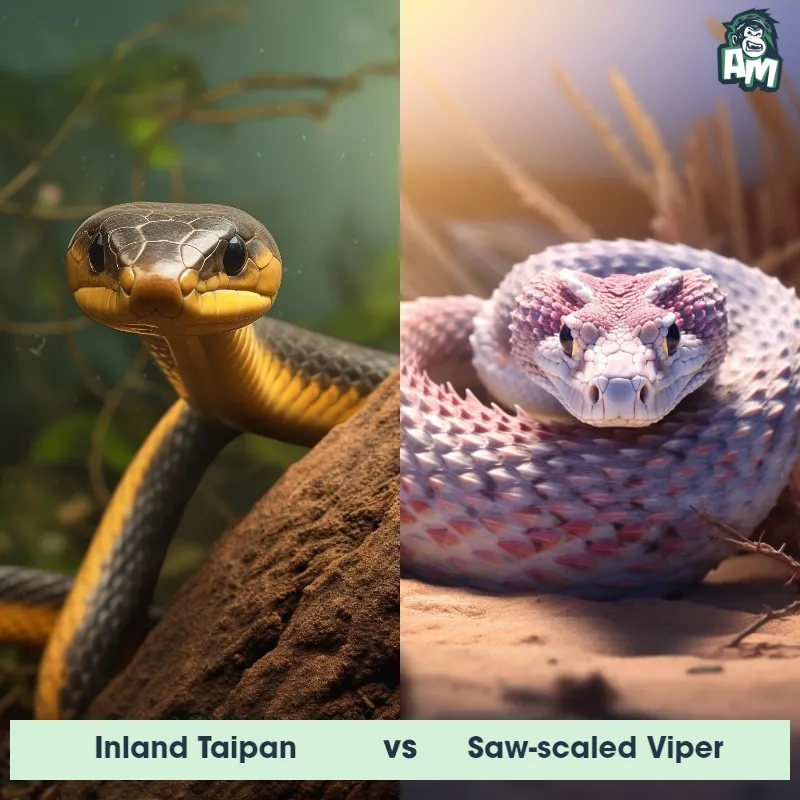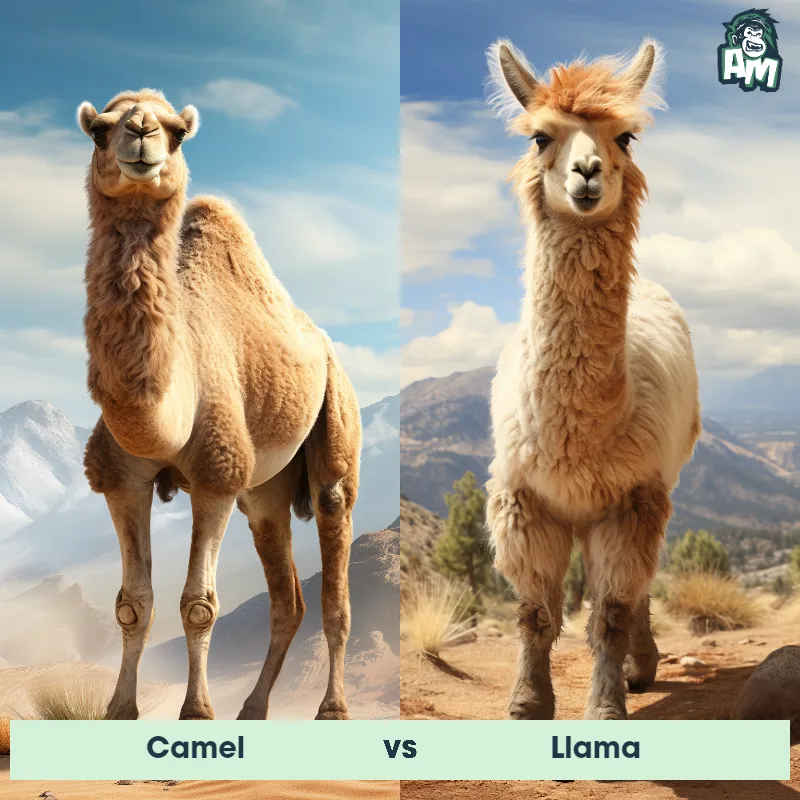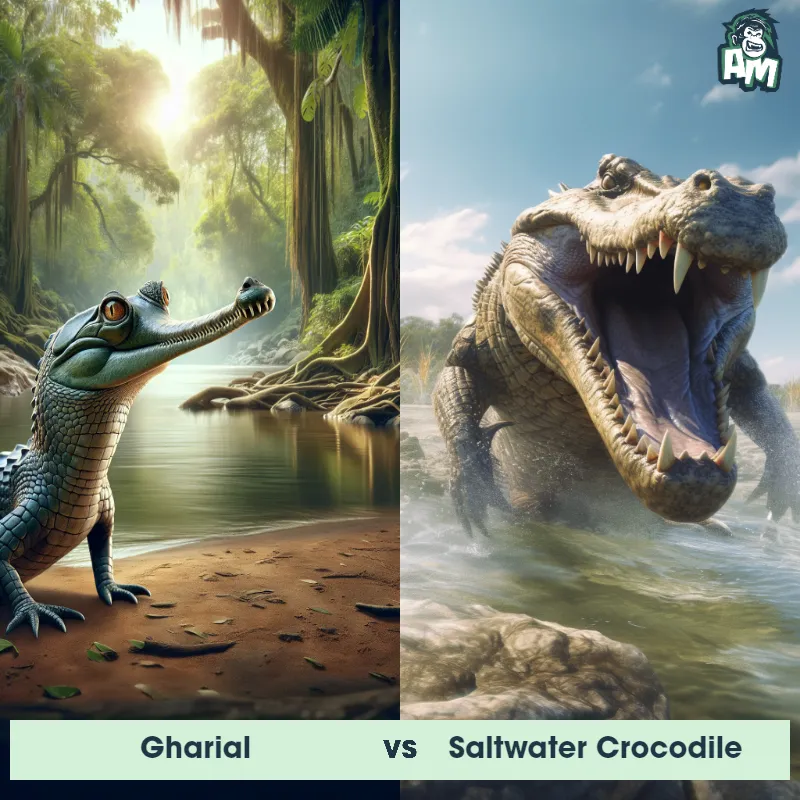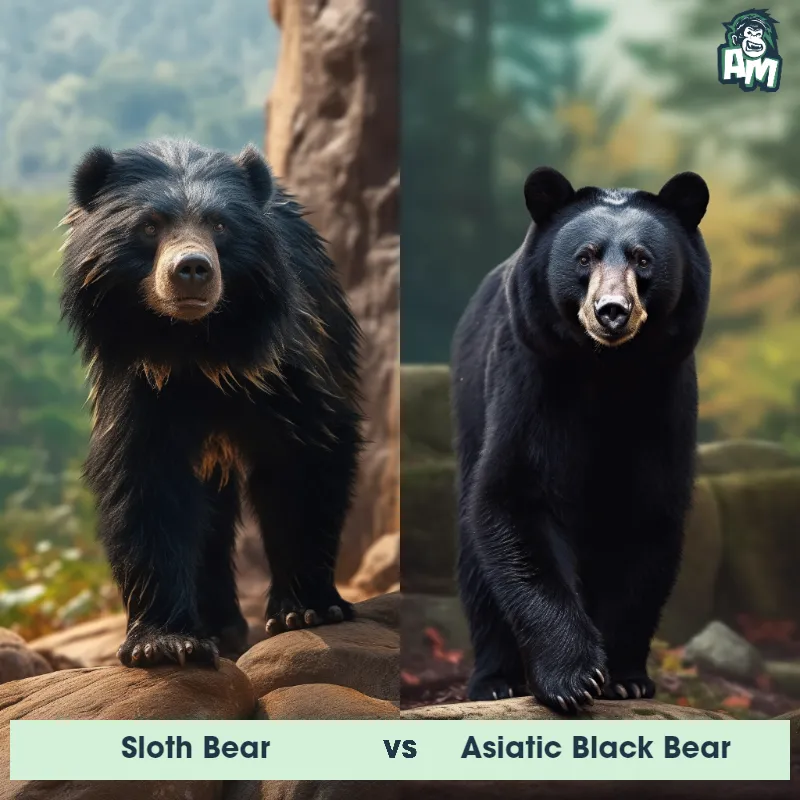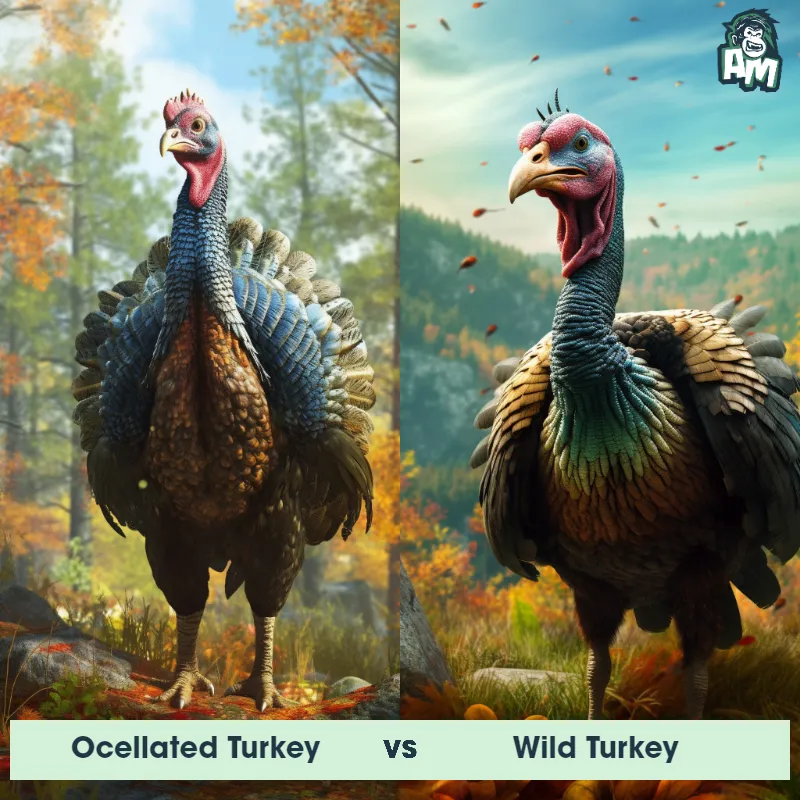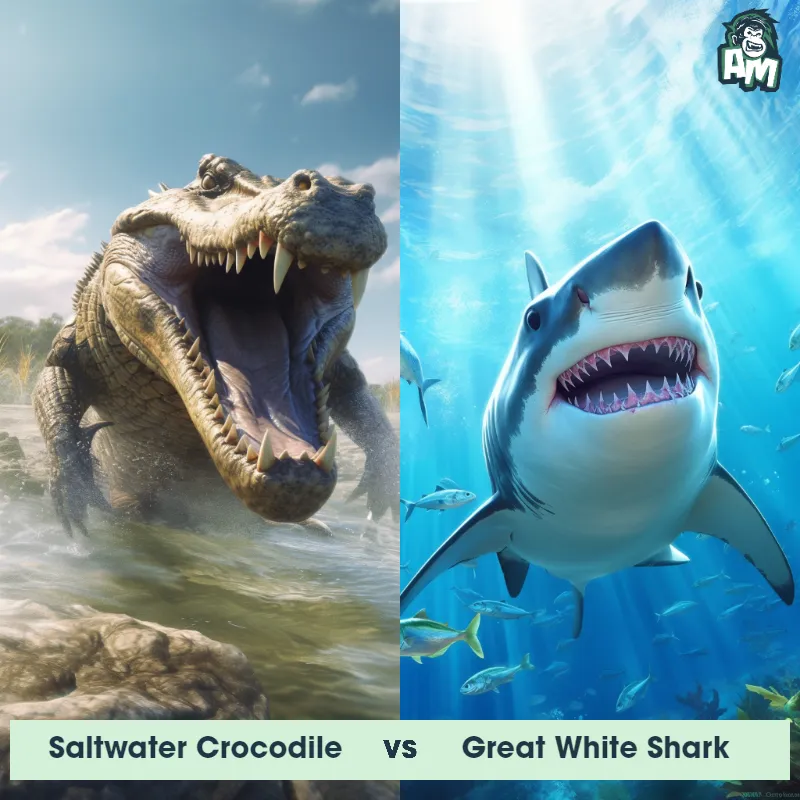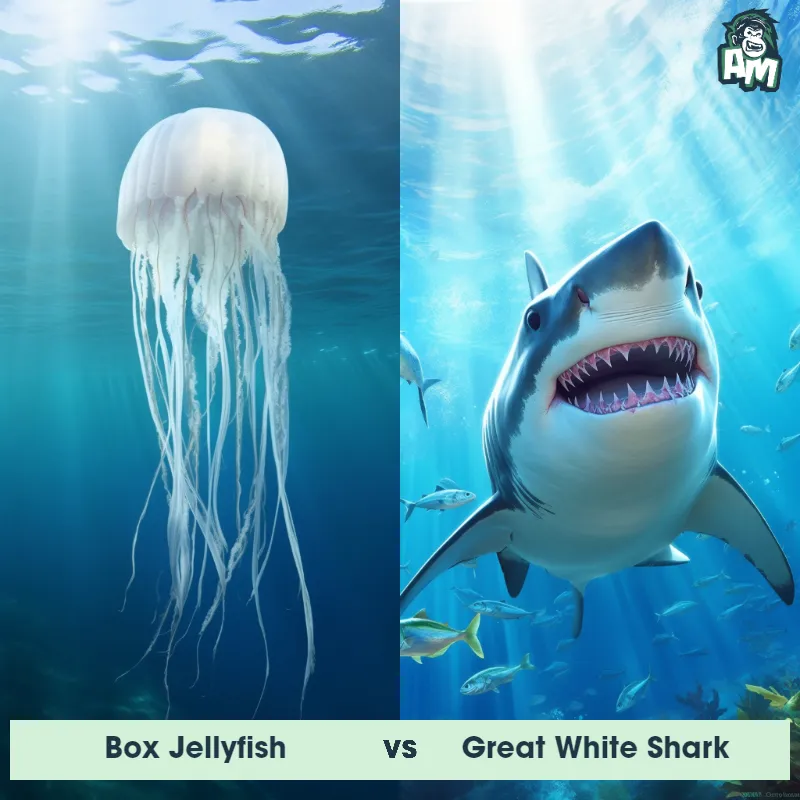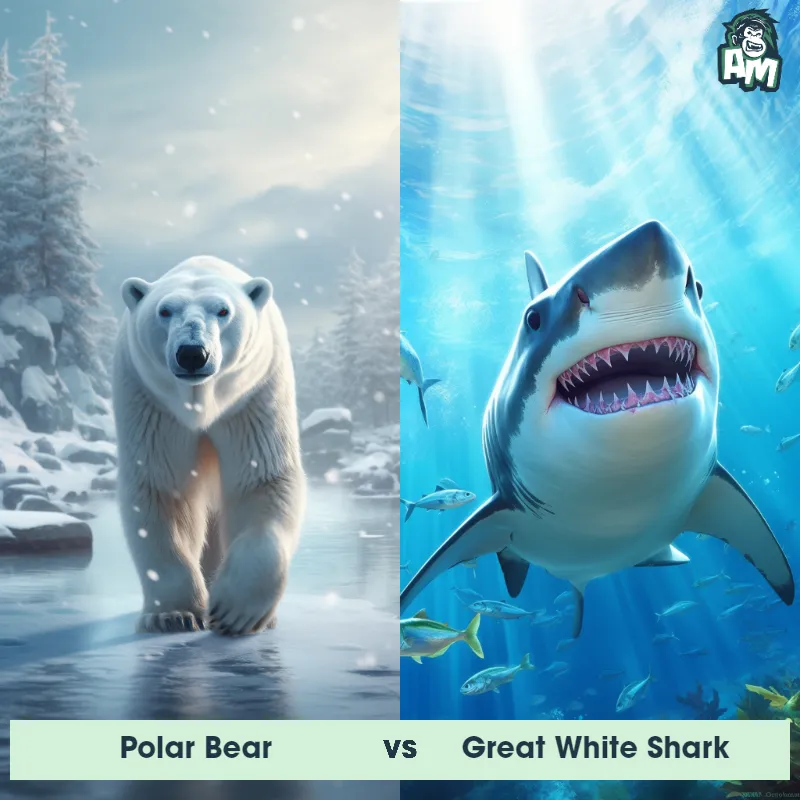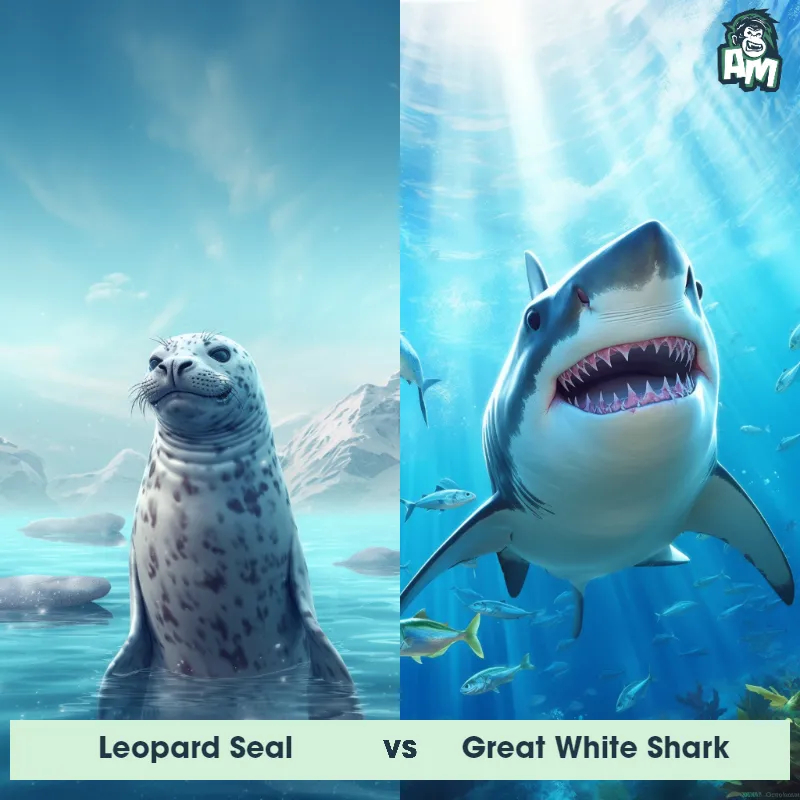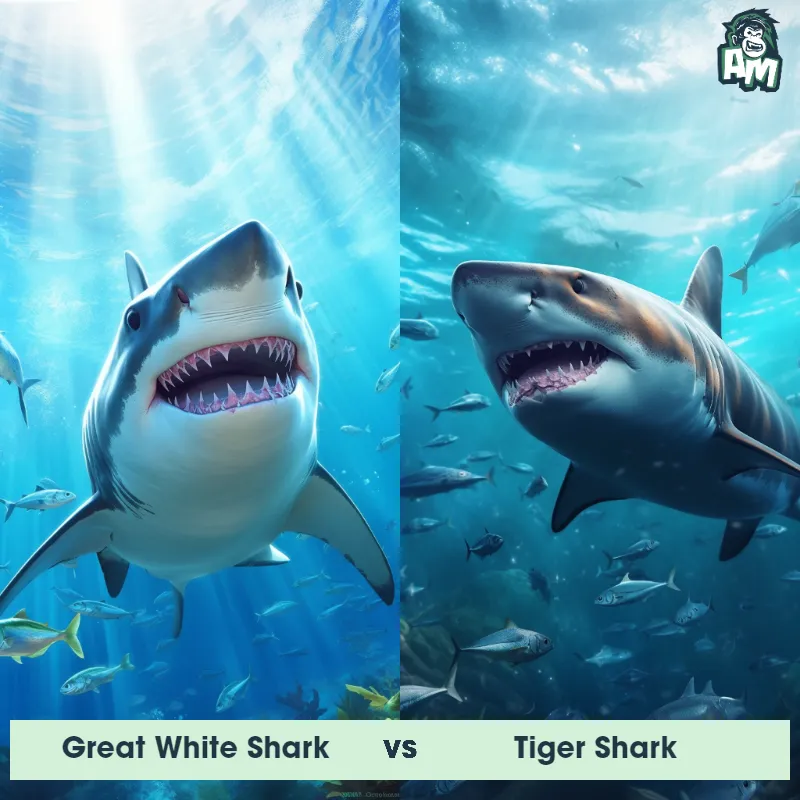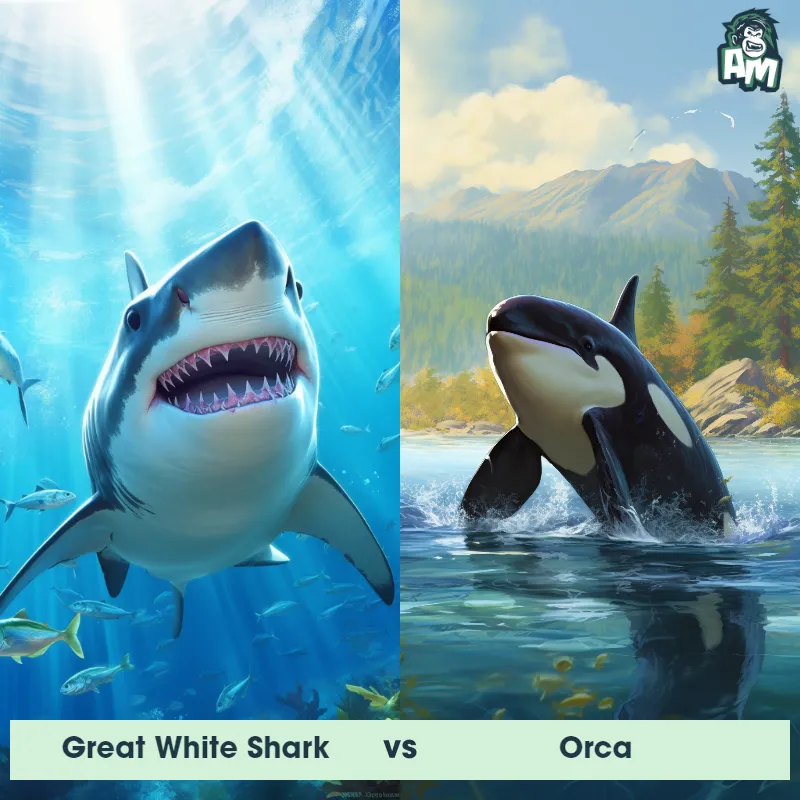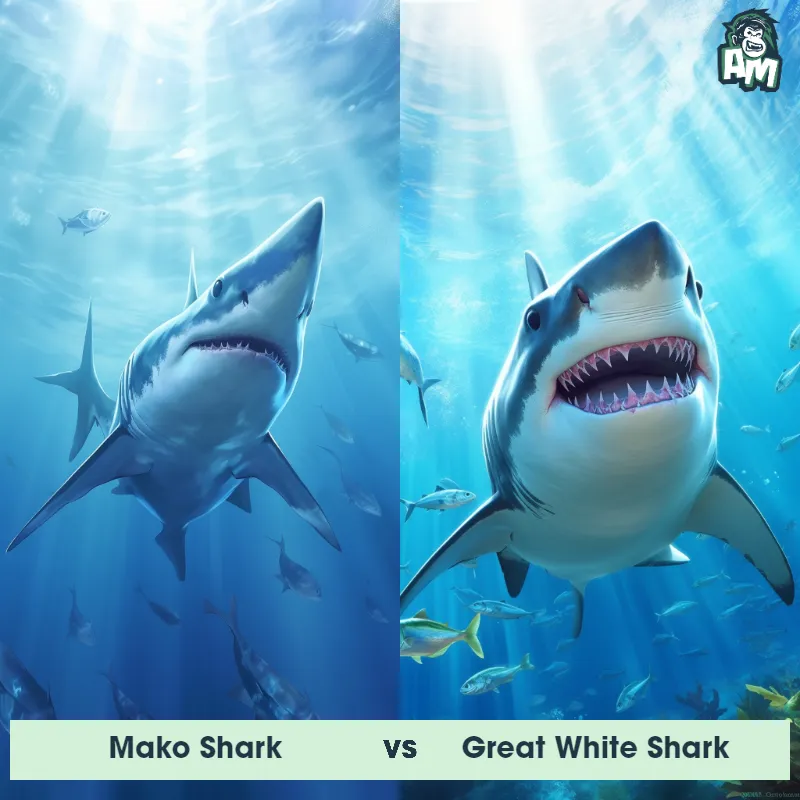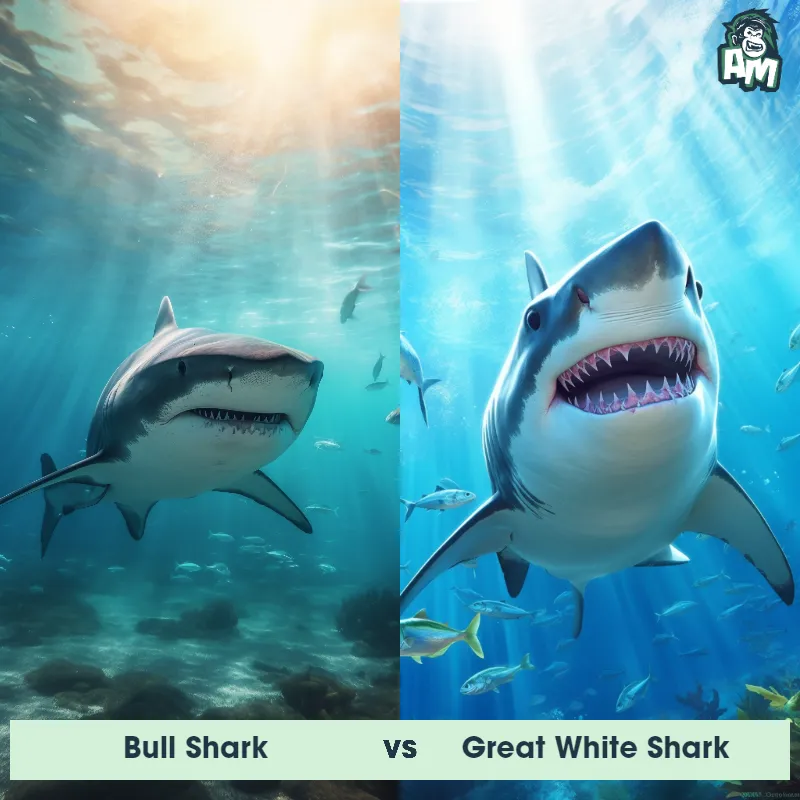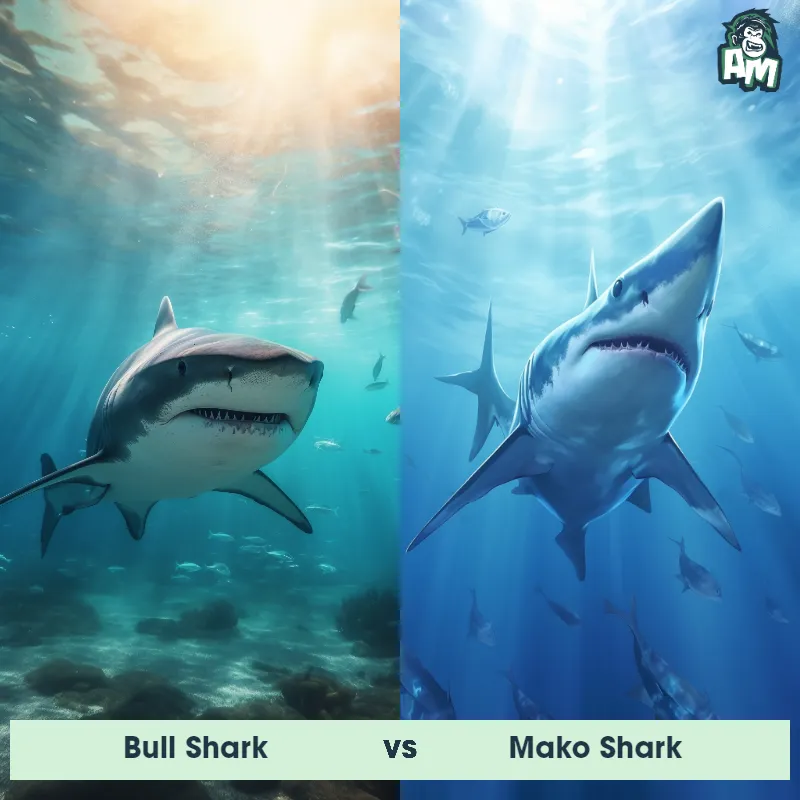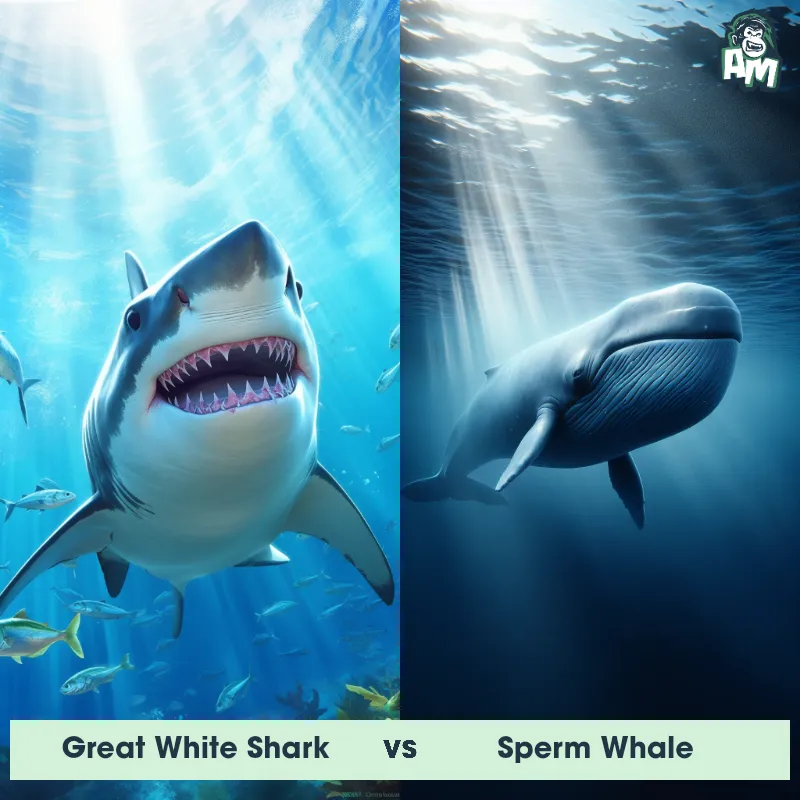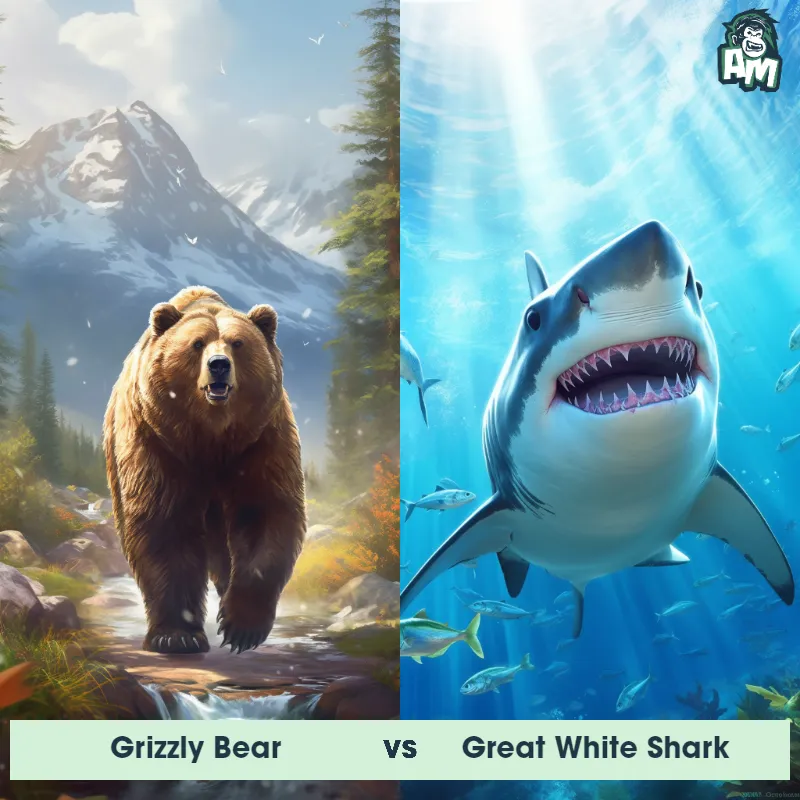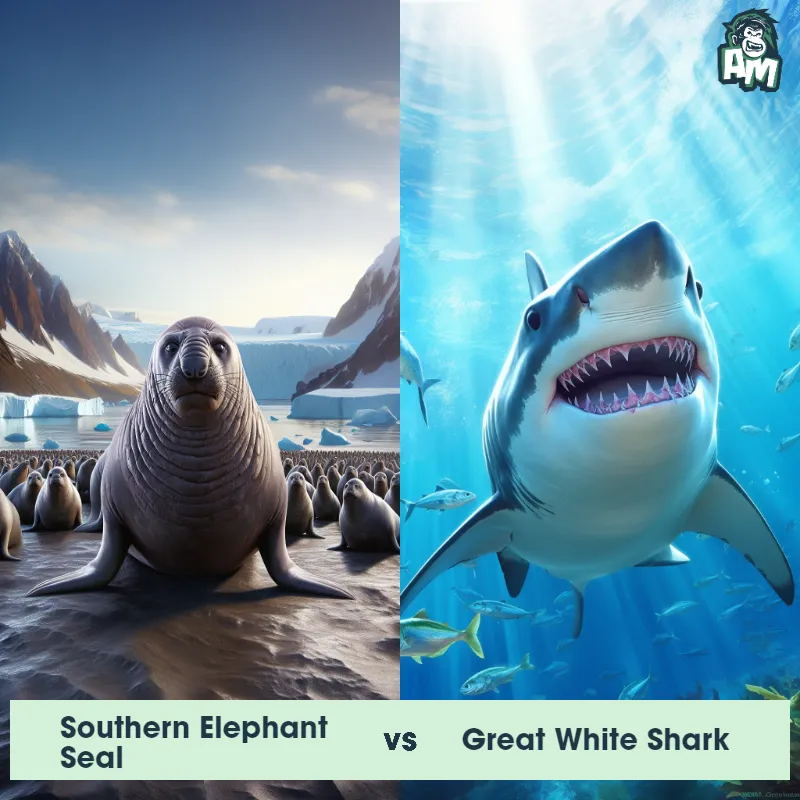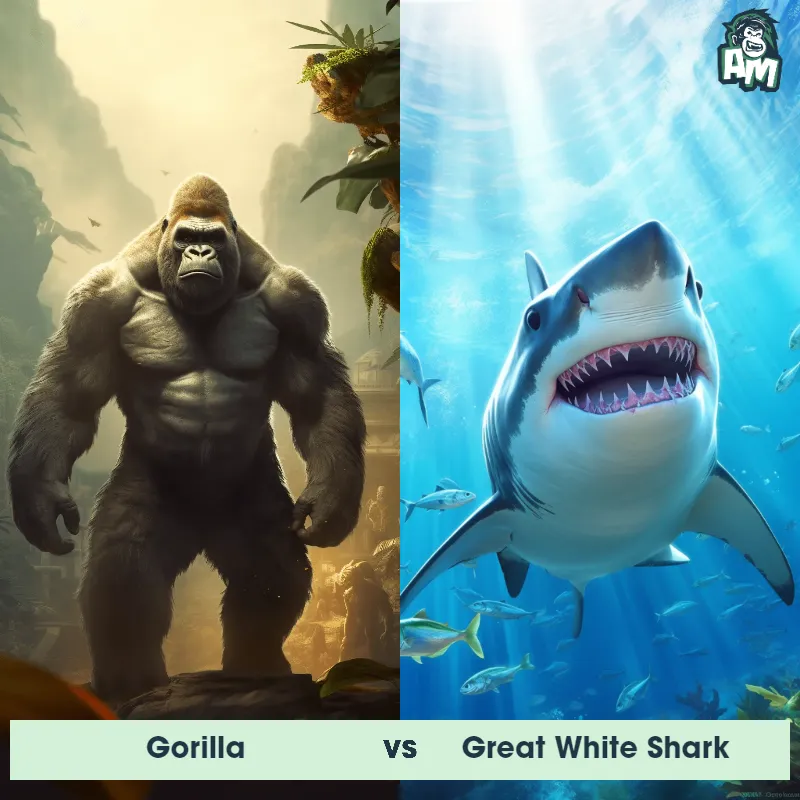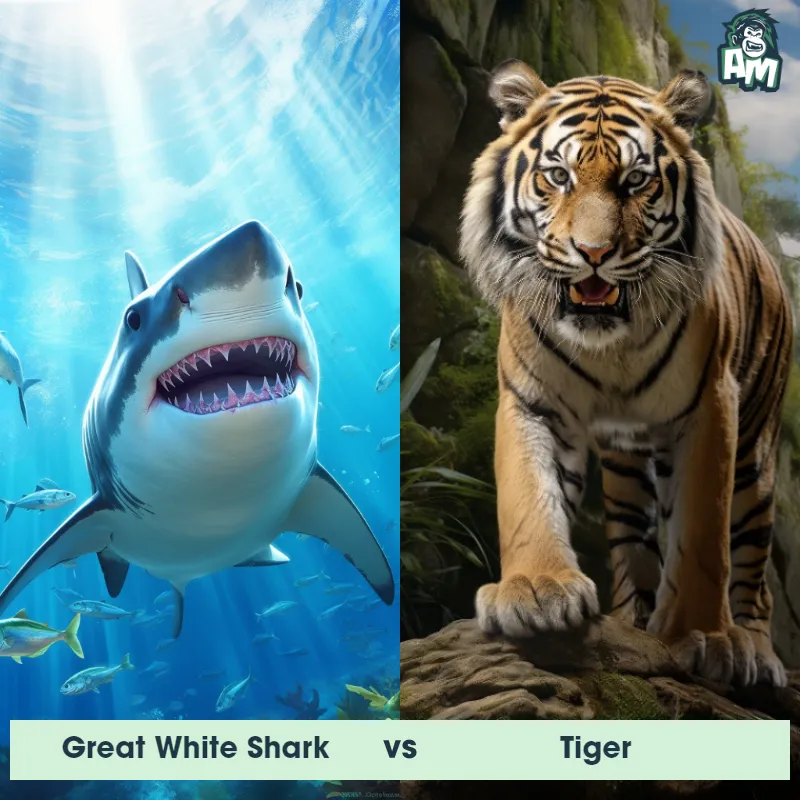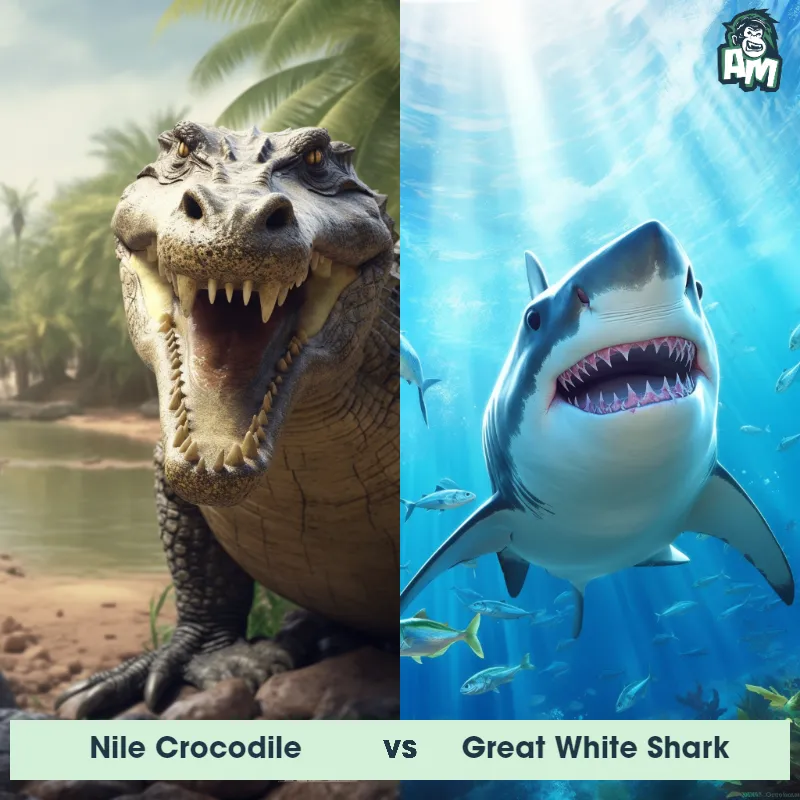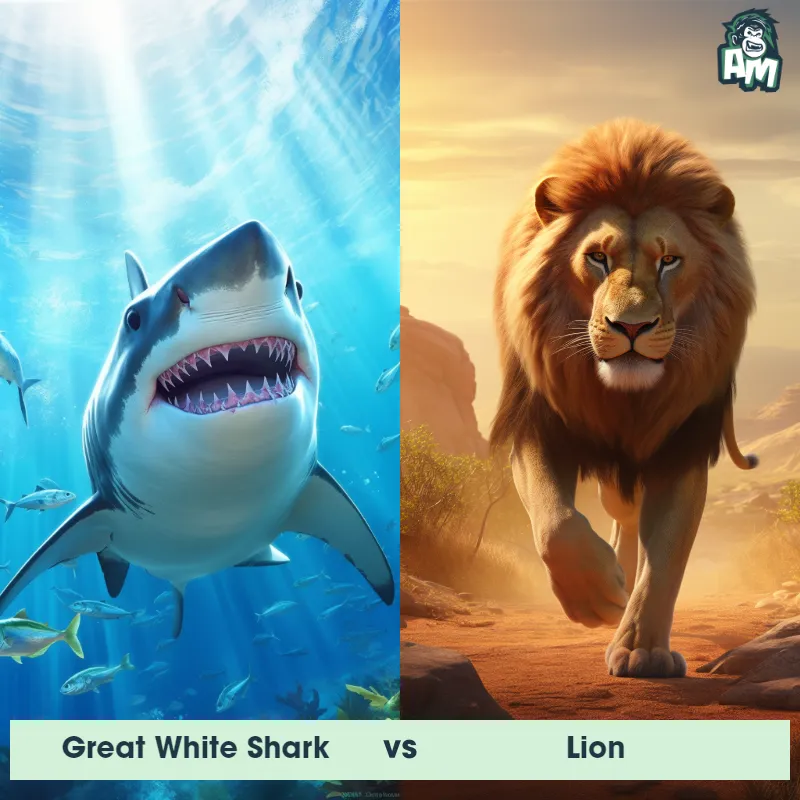Mosasaurus vs Great White SharkSee Who Wins

In the depths of the aquatic arena, two titans prepare to clash in a battle of supremacy. On one side, the monstrous Mosasaurus, with its formidable size and power. Facing it, the relentless Great White Shark, an apex predator known for its speed and hunting prowess. The tension is palpable as these predators face off in their natural arena. Round 1:
Contender 1: Mosasaurus
The Mosasaurus, also known as the "Meuse River lizard," was a giant aquatic reptile that lived during the Late Cretaceous period. It possessed a long, streamlined body with powerful flippers and a tail fin for efficient swimming. Its long snout housed sharp teeth for capturing prey, and it had a double-hinged jaw that allowed it to swallow food whole. Mosasaurus was a dominant predator in the oceans, preying on fish, turtles, and even smaller marine reptiles.
Fun Fact: Mosasaurus was not actually a dinosaur, but rather a type of prehistoric marine reptile closely related to modern-day monitor lizards.
Contender 2: Great White Shark
The Great White Shark, also known as the white pointer or white death, is a large predatory fish that can grow up to 20 feet in length and weigh over 5,000 pounds. They have a distinctive torpedo-shaped body, grayish-brown skin, and rows of sharp teeth that can number up to 300. Great White Sharks are found in coastal waters all over the world and are known for their powerful jaws and ability to breach the surface of the water.
Fun Fact: Great White Sharks have a unique sense of smell that allows them to detect a single drop of blood in 25 gallons of water, which is equivalent to the size of an Olympic swimming pool.
Matchup Stats
| Mosasaurus | Great White Shark | |
|---|---|---|
| Size | Up to 56 feet (17 meters) | Up to 20 feet (6.1 meters) |
| Weight | Up to 30,000 pounds (13,600 kilograms) | Over 5,000 pounds (2,268 kilograms) |
| Speed | 20-25 mph (32-40 km/h) | Speed: 25 mph (40 km/hr) |
| Key Strength | Powerful jaws and teeth | Powerful jaws and sharp teeth |
| Biggest Weakness | Vulnerable from the sides | Vulnerable gills and eyes |
Current Votes
Mosasaurus vs Great White Shark
See Who Wins
View More Matches
Looking For More?
Similar Matches
Scientific Stats
| Mosasaurus | Great White Shark | |
|---|---|---|
| Scientific Name | Mosasaurus | Carcharodon carcharias |
| Family | Mosasauridae | Lamnidae |
| Habitat | Oceans | Coastal waters |
| Geography | Worldwide | Worldwide |
| Diet | Fish, turtles, smaller marine reptiles | Carnivorous, primarily seals and sea lions |
| Lifespan | 20 years - 30 years | 70 years - 100 years |
Key Differences between Mosasaurus and Great White Shark
- Skin Texture: Mosasaurus was believed to have had smoother, more scaleless skin similar to modern reptiles, whereas Great White Sharks have rough skin made of tiny, tooth-like structures called dermal denticles.
- Size: Mosasaurus typically grew much larger, reaching lengths of up to 56 feet, whereas Great White Sharks average around 15 to 20 feet.
- Head Shape: Mosasaurus had a long, crocodile-like head with a tapering snout, while Great White Sharks have a more conical head shape with a distinctive pointed snout.
- Teeth: Mosasaurus had long, conical teeth suited for gripping prey, whereas Great White Sharks have serrated, triangular teeth designed for cutting flesh.
- Body Shape: Mosasaurus had a more elongated and streamlined body with a long tail, while Great White Sharks have a robust, torpedo-shaped body.
- Limbs: Mosasaurus possessed paddle-like limbs resembling flippers, whereas Great White Sharks have prominent pectoral fins and a large dorsal fin.



